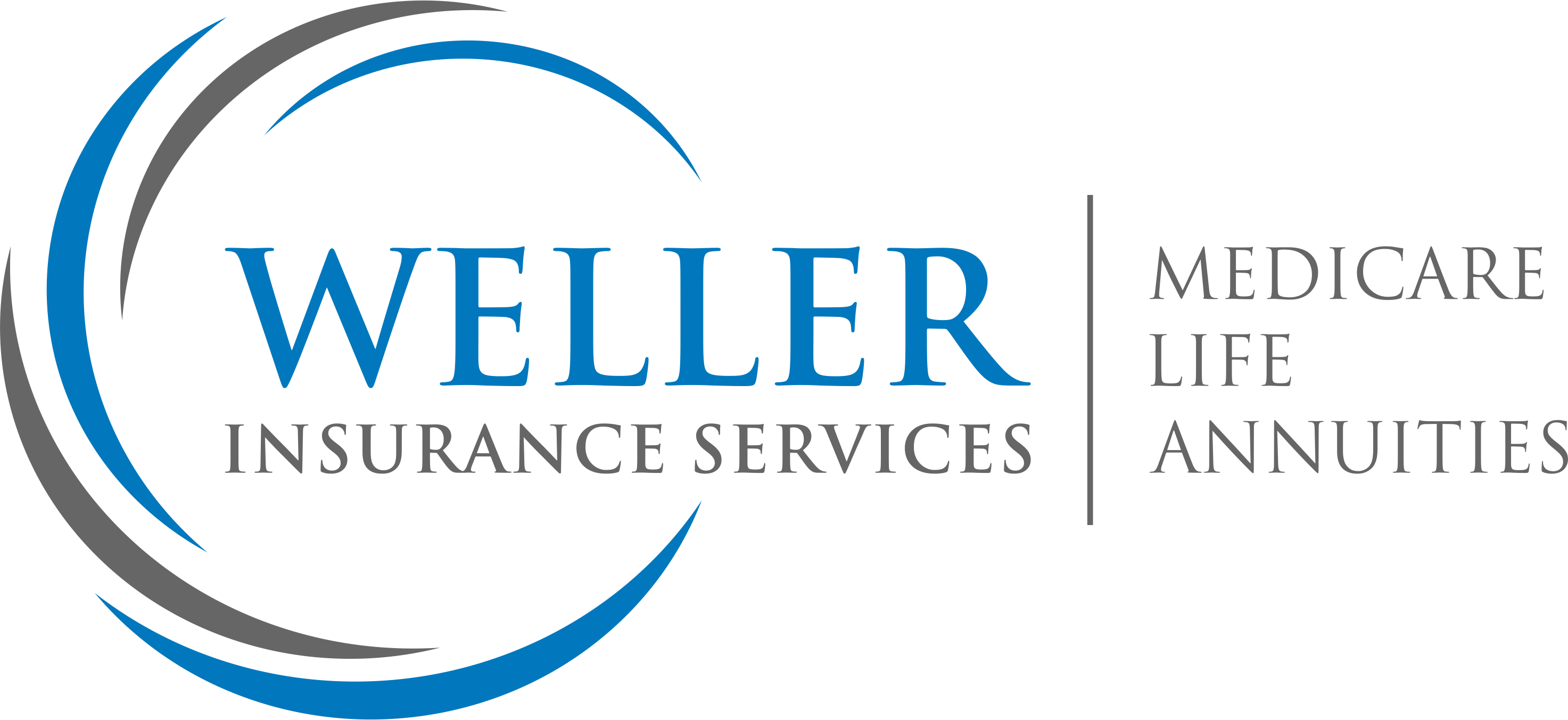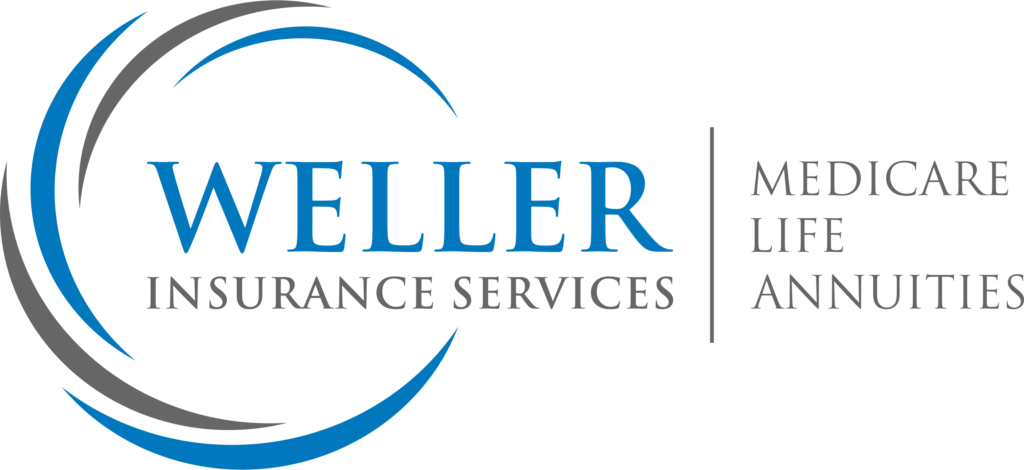Medicare is a federal health insurance program primarily aimed at people aged 65 and older, though certain younger individuals with disabilities or specific health conditions may also qualify. The question many ask when entering the world of Medicare is, “What is the best Medicare plan that covers everything”. The answer is not simple because, unfortunately, no single Medicare plan covers absolutely everything. However, there are ways to maximize coverage by understanding the different Medicare options available. This guide will provide you with a detailed explanation of the types of Medicare plans. Furthermore, what they cover, and how to choose the plan that best fits your needs.
Understanding Medicare: A Brief Overview
Before diving into which plan offers the most comprehensive coverage, it’s important to understand the components of Medicare.
Medicare is divided into four parts:
- Medicare Part A (Hospital Insurance): Covers inpatient hospital stays, skilled nursing facility care, hospice care, and some home health care.
- Medicare Part B (Medical Insurance): Covers outpatient care, preventive services, doctor’s visits, certain home health services. And durable medical equipment (DME).
- Medicare Part C (Medicare Advantage): This is an alternative to Original Medicare (Part A and B). And is offered by private insurance companies. Medicare Advantage plans often include additional benefits beyond Parts A and B. Such as prescription drug coverage (Part D), vision, hearing, and dental coverage.
- Medicare Part D (Prescription Drug Coverage): Offers prescription drug coverage. And can be added to Original Medicare or a Medicare Advantage plan.
What Is the “Best” Medicare Plan?
The definition of the “best” Medicare plan depends on your health care needs, budget, and preferences. While some people may prioritize low out-of-pocket costs, others may want a plan with the most comprehensive coverage. In this section, we’ll look at the options and help you understand which one might be the best fit for you.
Original Medicare (Parts A & B)
Original Medicare consists of Part A and Part B. It provides good basic coverage for hospital stays, doctor visits, and preventive care. However, it does not cover everything. Some of the gaps include:
- Prescription Drugs: While Medicare Part A and Part B offer some coverage for medications (e.g., for hospital stays or outpatient care), they do not provide comprehensive prescription drug coverage. You would need to enroll in a separate Part D plan for that.
- Dental, Vision, and Hearing: Original Medicare does not cover dental, vision, or hearing care. If you need coverage for these services, you’d need to purchase a separate insurance plan or look into Medicare Advantage plans.
- Out-of-Pocket Costs: Original Medicare requires you to pay deductibles, coinsurance, and copayments. These out-of-pocket costs can add up over time, especially if you have chronic health issues or need frequent medical attention.
Despite its limitations, Original Medicare is often a good option for those who prefer the flexibility of seeing any doctor or specialist who accepts Medicare. If you’re looking for a plan that covers everything, though, you’ll likely need additional coverage.
Medicare Part C: Medicare Advantage Plans
Medicare Part C, or Medicare Advantage (MA), is a plan offered by private insurance companies that combine Medicare Part A and Part B coverage into one plan. Most Medicare Advantage plans also include prescription drug coverage (Part D) and may offer additional benefits that Original Medicare does not, such as:
- Dental and Vision: Some Medicare Advantage plans include coverage for dental exams, cleanings, fillings, and vision care such as eye exams, glasses, and contacts.
- Hearing Aids: Hearing aids and hearing exams may be covered by some Medicare Advantage plans.
- Wellness Programs: Certain plans may offer gym memberships or other health-related programs to help you stay active.
- Prescription Drugs: Most Medicare Advantage plans include prescription drug coverage, meaning you do not need to enroll in a separate Part D plan.
There are a few key things to note about Medicare Advantage:
- Network Restrictions: Many Medicare Advantage plans require you to use a network of doctors and hospitals. If you prefer the freedom to see any doctor or specialist, this may be a drawback.
- Out-of-Pocket Costs: While Medicare Advantage plans may have lower premiums than Original Medicare, they often come with copayments, coinsurance, and deductibles for services. These costs can vary depending on the plan and the insurance provider.
- Additional Benefits: The major selling point of Medicare Advantage plans is the additional benefits they offer. These plans may include things like dental, vision, hearing, and wellness benefits, which can be valuable if you need comprehensive coverage.
Medicare Part D: Prescription Drug Coverage
Medicare Part D is a standalone plan that covers prescription drugs. It is available to anyone with Medicare, and you can enroll in a Part D plan if you have either Original Medicare or a Medicare Advantage plan that doesn’t offer drug coverage.
While Part D is essential for many people, it doesn’t cover every drug. Each plan has a list of covered drugs, known as a formulary, and not all medications are included. To ensure you get the medications you need, it’s important to check the formulary before enrolling in a Part D plan.
Medicare Supplement Plans (Medigap)
Medicare Supplement Insurance, or Medigap, is designed to help cover the out-of-pocket costs that Original Medicare doesn’t cover, such as copayments, coinsurance, and deductibles. Medigap plans are sold by private insurance companies and are available to anyone who has Original Medicare.
There are 10 standardized Medigap plans, each with a different level of coverage. Some plans cover more costs than others, and they vary in price depending on where you live and which insurance company you choose. Medigap plans do not cover prescription drugs, so you will still need to enroll in a separate Part D plan for that.
For many people, Medigap plans can help reduce out-of-pocket expenses and provide more peace of mind. However, if you have a Medicare Advantage plan, you cannot enroll in a Medigap plan.
Comparing Medicare Plans: Which Is the Best for You?
To determine the best Medicare plan for you, consider the following factors:
1. Your Health Care Needs
- If you have chronic conditions or require frequent medical visits, a Medicare Advantage plan with low out-of-pocket costs and added benefits like dental, vision, and hearing coverage may be a good fit.
- If you prefer the freedom to choose your healthcare providers and don’t mind paying a bit more for the flexibility, Original Medicare paired with a Medigap plan might be your best option.
2. Prescription Drug Coverage
- If you need regular prescriptions, make sure to choose a plan that includes comprehensive drug coverage. Medicare Advantage plans often include prescription drugs, but if you have Original Medicare, you may need to enroll in a separate Part D plan.
3. Additional Coverage
- If you require dental, vision, and hearing coverage, look for a Medicare Advantage plan that offers these benefits. Original Medicare does not cover these services, and while Medigap plans can help with certain out-of-pocket costs, they won’t cover dental or vision care.
4. Budget Considerations
- If you have a fixed income or want to keep your costs as low as possible, look for a plan with low premiums and a manageable deductible. Keep in mind that while Medicare Advantage plans may have low premiums, they may have higher copayments and coinsurance.
5. Flexibility in Healthcare Providers
- If you want the ability to see any doctor or specialist who accepts Medicare, Original Medicare may be the best choice. However, if you don’t mind working within a network of providers, a Medicare Advantage plan may be suitable.
Final Thoughts: Finding the Best Medicare Plan for You
There is no single Medicare plan that covers “everything,” but with the right combination of Medicare Part A, Part B, Part C (Medicare Advantage), Part D, and Medigap, you can get the comprehensive coverage you need. By considering your health care needs, prescription drug requirements, budget, and preferences, you can find the best plan for your specific situation.
The key is to thoroughly research your options, understand what each plan covers, and compare different plans to see which one provides the best value for you. A Medicare plan may not be perfect for everyone, but with the right knowledge and planning, you can make the most informed decision for your health care needs.
If you’re still unsure which Medicare plan to choose, it may be helpful to speak with a licensed insurance agent or Medicare counselor who can guide you through the enrollment process and help you select the best plan based on your unique needs.
Resources
- Medicare.gov – Official Medicare website for information and enrollment.
- National Medicare Education Program – A resource for understanding your Medicare options.
- Your State’s Health Insurance Assistance Program (SHIP) – Provides free, personalized help with Medicare.
By exploring your options carefully, you can find a Medicare plan that provides peace of mind, allowing you to focus on staying healthy and living life to the fullest.
Reach out to Weller Insurance Services for the best Medicare Plan that covers everything and best coverage that perfectly aligns with your needs.


